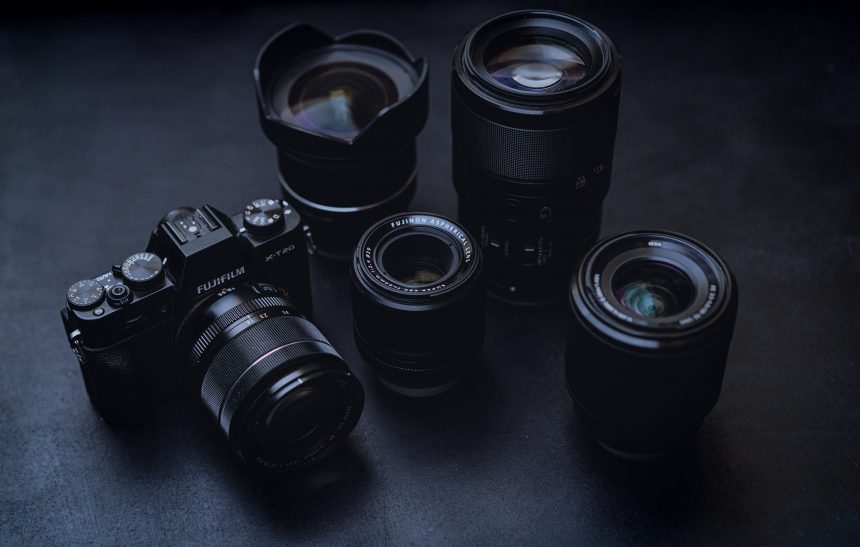
When you own an SLR camera, there are many camera lens options. So, it may be a little overwhelming knowing what to use. Different lenses are suitable for different purposes therefore, it can get confusing pretty fast. Here are a few tips to help you choose between your wide angle and your telephoto. Once you’re a little more clued up on your terminology, you’ll soon learn which lens best suits your current shoot.
Real product photography is about depth of feeling, not depth of field.
MO STUDIOS
Focal length of camera lenses
There are a few key things to consider when you’re selecting a camera lens. Firstly, we have the focal length. The focal length dictates the angle of view covered by each particular lens. Some lenses will have one fixed focal length, for example, 70mm. Lenses with a single focal length are known as a prime lens. Other lenses may have a varied focal length for example 24mm-70mm, known as zoom lenses. Zoom lenses offer a little more versatility in their use. For example, using the lens at 24mm is great for capturing wide angled scenes, making it ideal for landscapes. Zooming in at 70mm will be better suited to portraits.
So, what’s the difference between a Wide Angle camera lens and a Telephoto? And what’s a standard lens? Wide Angle lenses are traditionally defined as having a focal length of 50mm or less, and are usually used for landscape or interior photography as they allow a nice wide view. Standard lenses usually sit around the 50mm-60mm mark, these are good for use in portraiture, street photography or photojournalism as they have a similar perspective to the human eye. If you have one of these lenses, try it. What you see is very much what you get! Finally, there are telephoto lenses, which are often made up of anything with a focal length of over 70mm. They are used for portraits, jewellery photography, and general use.
Aperture
Another important thing to consider when choosing a camera lens is the aperture. If you’re shooting indoors, or low light conditions, for example at a wedding, having a wide aperture is crucial to ensure enough light is being utilized. A low number is indicative of a large aperture, for example F1.4 or F2.8, a high number is indicative of a small aperture, for example F22. Aperture is also used to determine the depth of field, or how much of your image is in sharp focus. Small apertures are best used when photographing landscapes, or when there is a lot of bright sunlight. Smaller apertures are great for creative effects like soft focus and bokeh. But also for shooting in low light conditions.
Camera lens brands
Many camera manufacturers will only support their own brand of camera lenses. For example, a Canon camera body can only support Canon lenses, just as a Nikon will only support Nikon lenses. However there are adaptors you can buy which will allow you to chop and change, although it is advisable to use the same brand of lens for your particular camera body.
Another thing to consider when choosing your camera lens is the type of sensor within the camera body. A professional camera system, has a sensor the same size as a 35mm film, known as a full frame sensor. Smaller, more affordable models have a smaller sensor, commonly known as a crop sensor. A full frame lens on a full frame camera will produce the same results as a 35mm film camera, so a 50mm lens on a full frame body will produce the same effect as a 35mm SLR film camera, whereas using the same lens on a crop sensor will cause some clipping on the image.
Hopefully this blog has provided you with some of the answers you may have been looking for when it comes to choosing your lenses. One very important thing to mention is that a lens will last a lot longer than a camera body. We live in a world where technology moves at an alarming rate so camera bodies are being improved and developed all the time. Despite this, a good quality lens will last you for life, so wherever possible, it is worth investing in a few good quality lenses which are suitable for your particular style of Photography.
If you are looking for more of our photography blogs. Visit here.


Leave a Reply